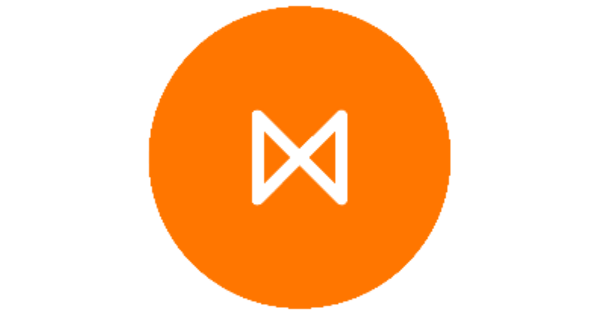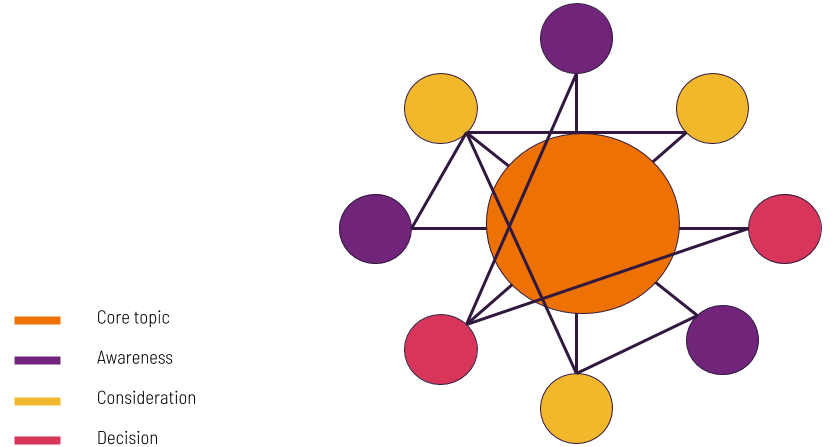Sally Illingworth is a communications, marketing and influencer strategist who has become one of Australia’s most prominent media and business experts on LinkedIn. We were lucky to chat with her in the very first episode of Metigy’s Forward Thinking podcast (you can listen to the full podcast episode here) and have condensed her wisdom below.
Listen now: How to get 14 million views in less than 12 months with Sally Illingworth
As a teenager, Sally was working in a food retail industry – a pizza shop in the NT. But working within a franchise system led Sally to feel constrained by the marketing limitations. Since then, her focus has been on telling her story. As Sally says, “I was always marketing myself and my career progression”.
When Sally stumbled across LinkedIn, she decided to play with video content without a clear objective in mind. She got sucked into the algorithms, trying to figure out how they worked, how consumers on the platform started to behave and respond, and what content made people tick.
Table of Contents
ToggleWith the goal of solving communication conundrums for clients, she has personally clocked up over 14 million organic content views on LinkedIn in less than 12 months. The average engagement rate was 2.76%, earning her the title of LinkedIn Majesty.
LinkedIn has become a major player in the content sphere in the last 12-18 months as more people began publishing content and more readers started turning to LinkedIn for content from independent contributors.
Being in its infancy, Linkedin offers plenty of opportunities for organic reach to small businesses or entrepreneurs— something we’re seeing less and less of on other platforms.
And now, let’s take a deep dive into Sally’s top tips to get ourselves a share of some of the royalties LinkedIn offers.
Pimp my profile

While it sounds basic, sometimes the best place to start is at the beginning. The three most important pieces of information on your LinkedIn profile are your name, your profile picture and your headline.
Firstly, your name. Keep it basic – no nicknames, no emojis. Use a middle initial if you have a common name.
Secondly, your profile picture. Sally wants us to move away from images that make you look as if you’re just about to go to prison. Make the image inviting. Not Tinder-inviting, mind you. It’s a professional platform, and getting people to form a connection with you is key.
As thumbnails are small, make sure it’s a close up so people can see your eyes (this goes back to Sally’s point about trust). Don’t rip the photo from Facebook. Nobody wants to see a group shot of you or you lazing at the beach. And only wear fitness gear in the image if you’re a personal trainer or in a similar occupation. I don’t need to see my hedge fund manager in Lycra.
Thirdly, your headline. By default, your headline will be your current job title you set up in your experience section. But don’t be lazy about it: personalise it. Otherwise, you’ll just blend in with every other Marketing Manager, CEO or SEO Expert out there. Personalise it, and make it enticing.
Look at your profile through a click-bait lens. If you don’t have a photo and a key headline, why would anyone click? People are drawn by visual assets.
Audit your own expertise

First of all, start understanding how you use social media. What platforms do you go to? What content attracts you? Does it feel polished, out of reach?
Then figure out how you’d approach it from your business perspective. Ask yourself, “What am I trying to achieve, and how does that directly tie back to my business?”
That will provide you with a framework for your own expertise. Within the framework, you’ll have key messages to deliver through different content assets to your target audience.
Content is King. Or Queen.
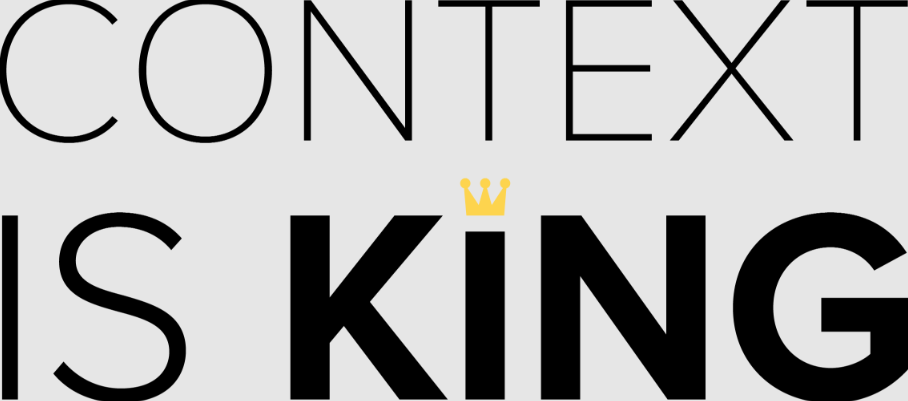
Most commonly, you’ll be discovered on LinkedIn not through search, as many people expect, but through the newsfeed. You’ll appear there by either producing your own content or engaging with someone else’s.
Don’t just passively exist on the platform. Work to actively attract people by publishing your own content.
But with over 55,000 pieces of content published on LinkedIn every minute (including people sharing other people’s content), how do you set yourself apart from the crowd?
Sally stresses that you should be creating assets that build your brand. Find a way to emotionally connect with people and generally increase exposure.
A cost-effective way of doing this is to publish articles: have an idea, write it down.
You can also present your ideas visually. Use a graphics program such as Canva if design isn’t your thing, or use that thing in your hand/pocket/attached to your ear to shoot and edit footage.
Time will be your biggest expense in producing content, consuming few other resources.
Momentum and consistency are key. You’ll see an increase in profile views when you get started because you’re being discovered through your new content. But you have to keep it up. As soon as you slow down, your profile views will go down too. Only through consistent posting, you’ll be able to ascertain whether or not your content is building momentum.
To vary the types of content you produce, Sally suggests using video and downloadable PDFs, which have recently been launched by LinkedIn.
However, if you’re sharing both videos and PDFs, know that engagement is a lot higher for the former. But play to your strengths – if you are a video kind of person, go with video. If your content lends itself to a downloadable PDF, you’ll still be favoured by the current LinkedIn algorithm.
Video is what started it all for Sally on LinkedIn, so the topic is very close to her heart. But her advice is clear and concise: Don’t over-complicate it when choosing your preferred type of content.
If your preference is the written word, go with that. Later, you can use one of your articles to create a series of small videos, highlighting the key points from the article.
When thinking about sharing your expertise through content, Sally suggests asking yourself: “What do I know that speaks to what I can help other people, businesses, individuals with?” Then ask yourself: “Is it interesting?”
Then break it down to a micro perspective, and outline your key message that will feed into that piece of content. In the case of a video, decide what’s the one takeaway you want people who watch your video to come away with.
Work at it

Stamina is key with any business content, and it’s the same when publishing on LinkedIn. As mentioned, consistency is key, and it requires dedication.
Find ways to make it easier for yourself. Sally suggests looking at basic things such as scheduling. She is talking not necessarily about scheduling/publishing tools, but marking in your calendar what you’re going to produce and when you’re going to publish it.
Block off whatever amount of time you can afford per week (that could be 30 minutes a week/fortnight or more) to produce the content for the next installment. Make it easy for yourself by having everything prepared well ahead of your deadline: post copy, imagery, links. Then hold yourself accountable.
Keep it regular, and keep it happening. If you don’t follow through, you won’t see the rewards. And if you don’t see the rewards, you will get disheartened and abandon ship.
LinkedIn legends
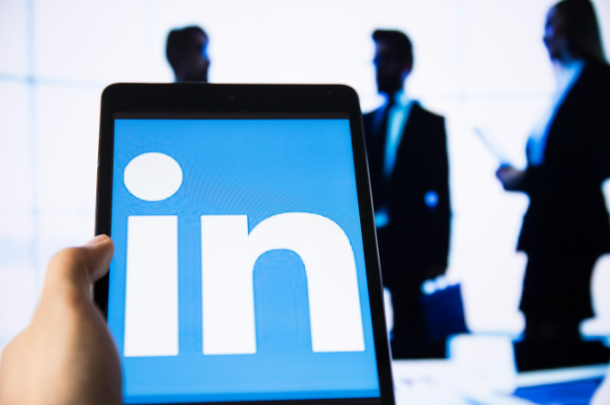
We asked Sally who her go-to inspirations were on LinkedIn. She suggested the following:
Shay Rowbottom in the USA. She’s approaching LinkedIn video a lot like YouTube, changing the way video is done on the platform. Shay’s work is highly entertaining, offering a lot of business and personal development value in her content.
Mark Metry is another one to watch. Podcasts are his niche, and he’s nailing it. But he’s great at leveraging everything on the platform: LinkedIn Video, LinkedIn PDFs as well as some amazing guests (Seth Godin, anyone?).
Tool yourself
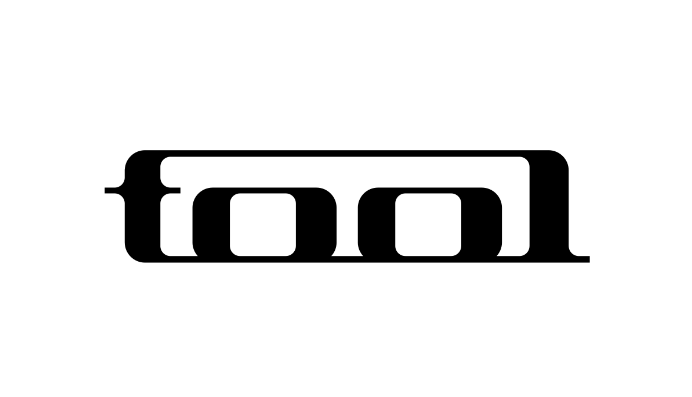
What are the top three programs/apps Sally uses?
- Metigy for social media management
- Mailchimp for CRM
- InShot – a great video app particularly for those small business owners or entrepreneurs who want to get started in the video space with next to zero budget. It allows you to add logos, etc.
So, there you have it. All of Sally’s top tips and tricks to get you on your way to LinkedIn mastery. Hear our entire conversation with Sally here, or follow her on LinkedIn here.
If you want to know more about how the LinkedIn algorithm works, Brandwatch has a great explainer on how the algorithm analyses and classifies content to decide what to promote and what to hide from views. It’s worth looking at if you’re serious about developing LinkedIn as a key marketing channel.
Want more LinkedIn and marketing tips? Listen to Episode 16 of the Metigy Podcast, where Sam Mutimer explains why your network is your net worth.
